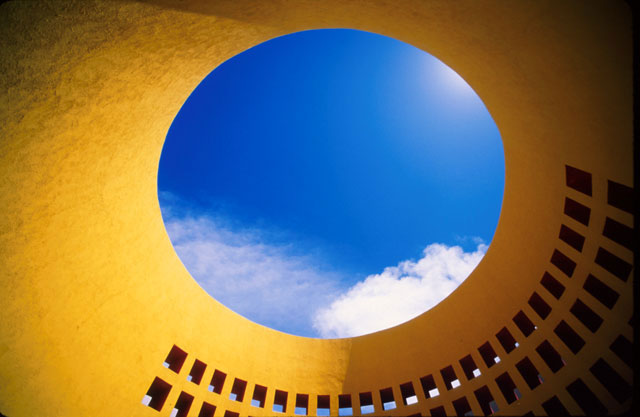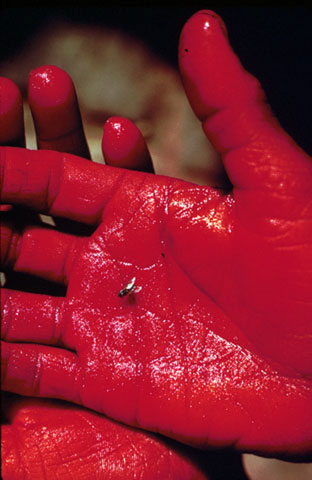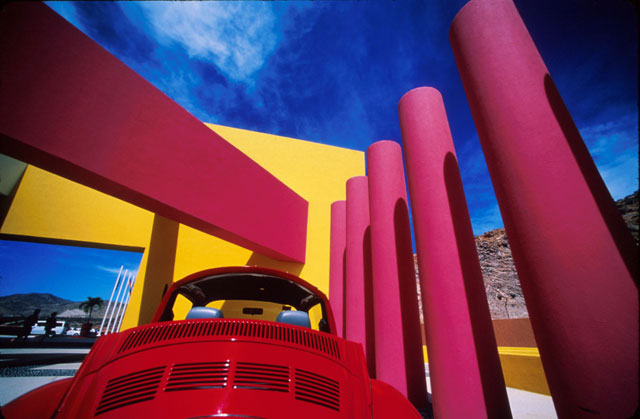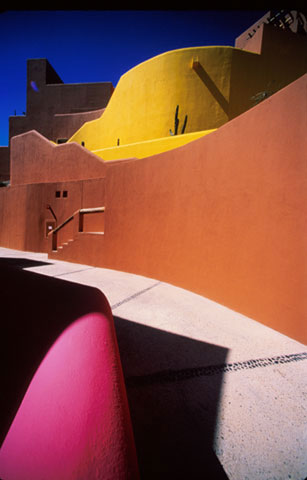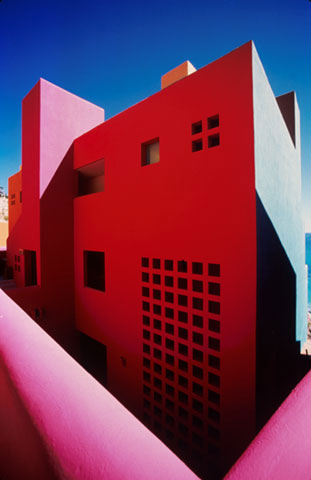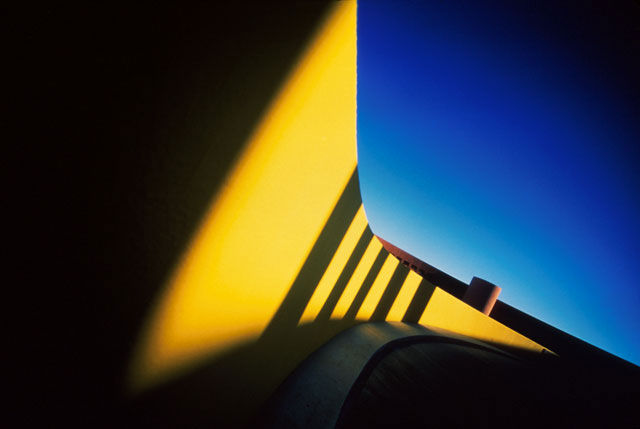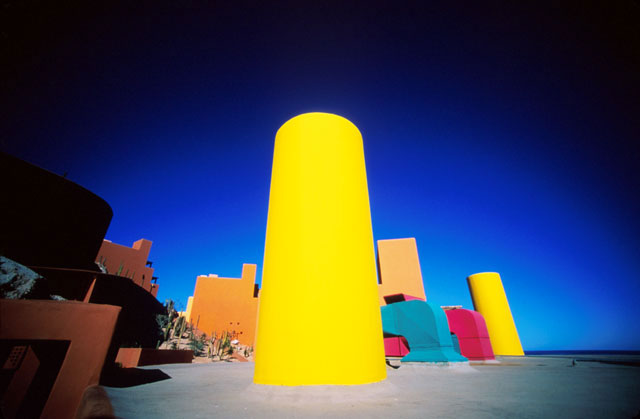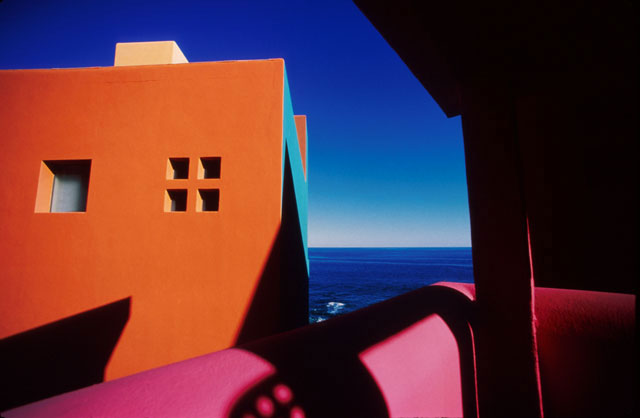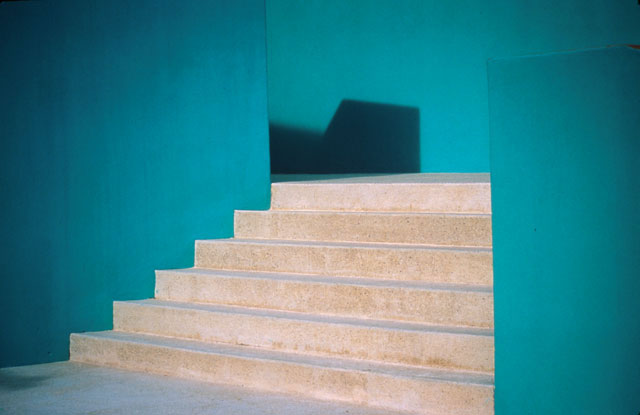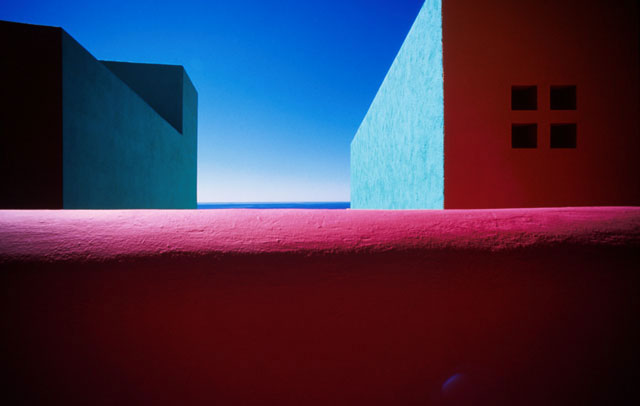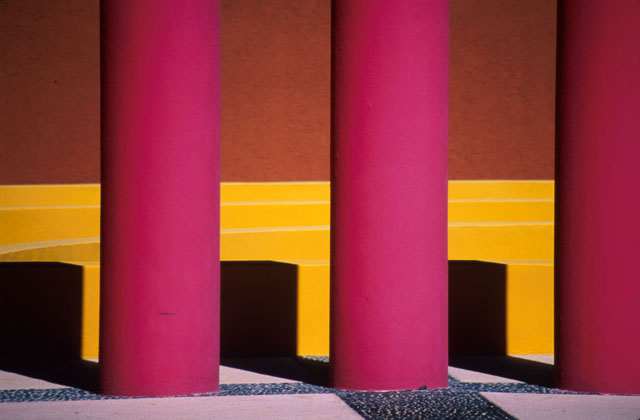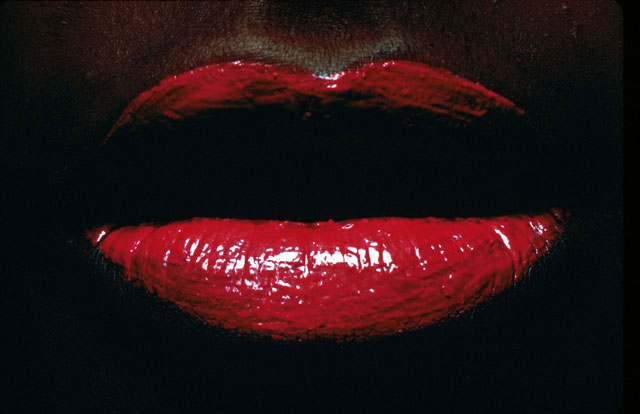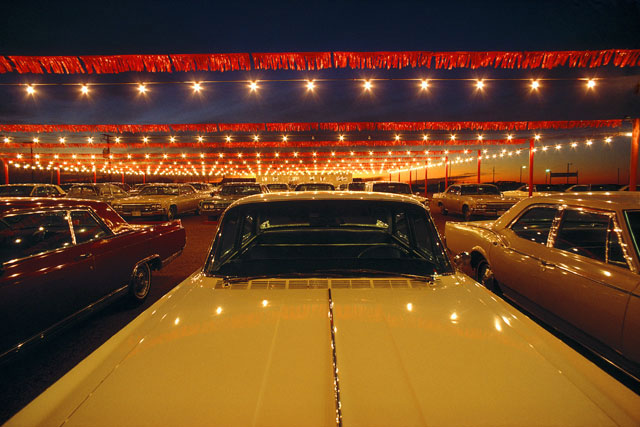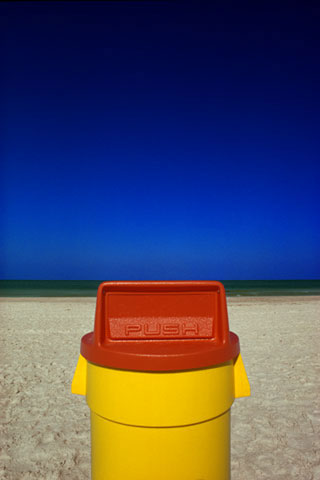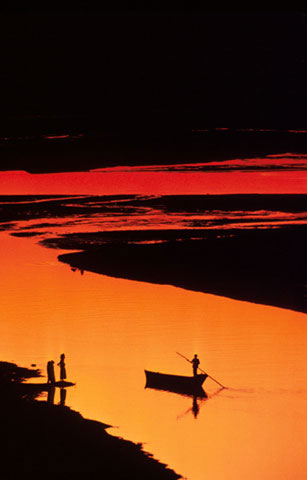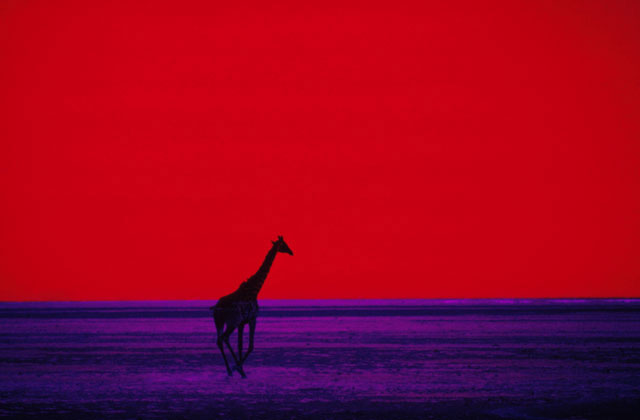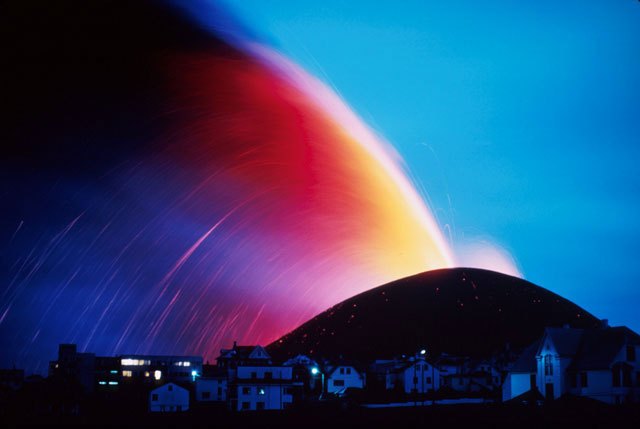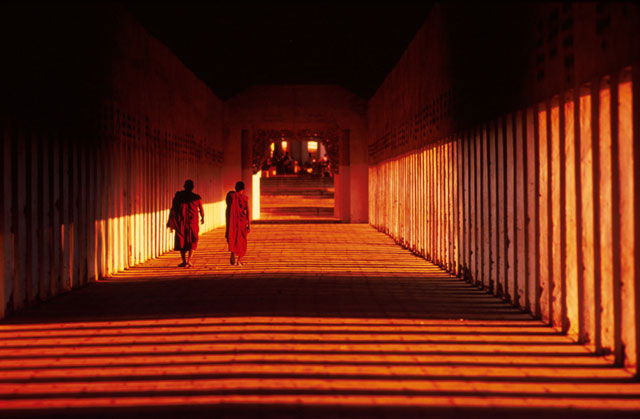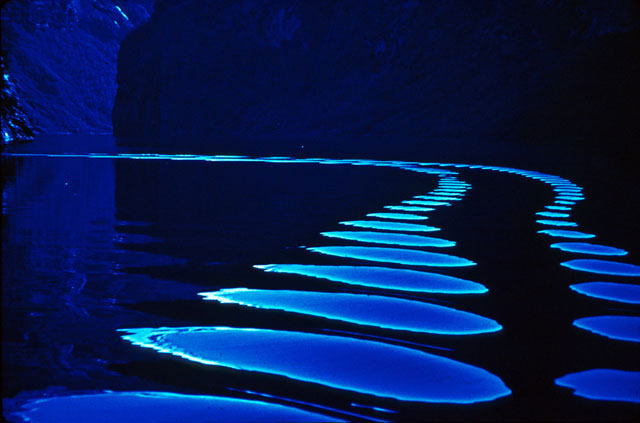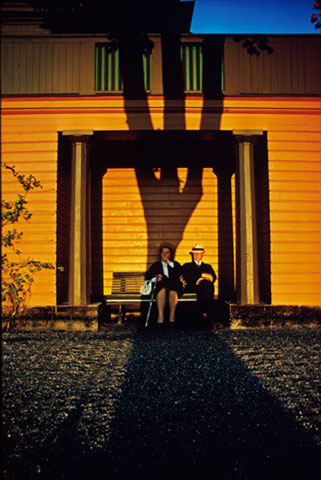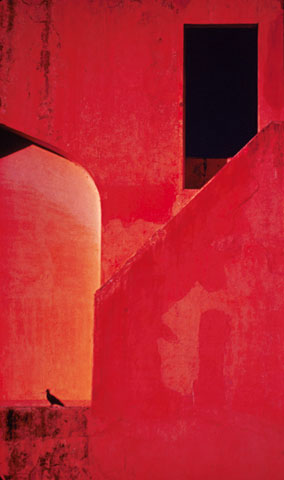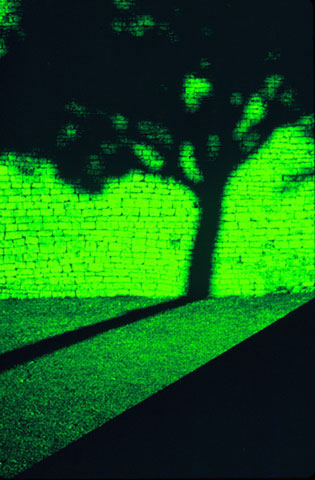Pete Turner: Master of Color Photography
Pete Turner is a Nikon Legend Behind the Lens
He did it again. Just when you think you've got him figured out, Pete Turner surprises you.
You decide that there is a signature Pete Turner image, one built on saturated color and bold graphics. Then you figure out that although he is legendary for his mastery of color, there is much more than color going on in a Pete Turner photograph. There are themes and stories. And there are mysteries: how often does he lead you toward the vanishing point and leave you wondering, what's beyond? Those doorways go....where? Those window frames look out on....what?
And so you know that you see things in a brand new way when you see them in a Pete Turner photograph.
You decide that he doesn't reinvent himself. And you're right, he doesn't. He says he doesn't know how, and figuring it out would take too long and consume too much energy. He's content to do what he's always done: follow his instincts.
And then, just when you think that he is, after all, reshuffling the same cards in different ways, he comes up with a whole new deck.
Like the photographs you see here, taken at the Westin Regina Resort Los Cabos in Baja California. The resort is the work of architect Javier Sordo Madaleno, and for Pete, its shapes and colors were irresistible. "I just had to go there and shoot," he says, but unlike his usual approach, this time the photography was purely for fun. "I just played around with it. I didn't think about being serious or even symmetrical. It was color and shape for its own sake."
And so, here's a new deck to play with: Pete Turner just having fun with colors and shapes.
In his career, Pete has done it all: advertising campaigns, editorial illustrations, photo essays, album covers, sporting events and celebrities. His work is in private collections, museums and galleries and has appeared in every major magazine in the country.
Pete always wanted to be a photographer, and he studied the craft at the Rochester Institute of Technology. He also studied art, and was influenced by the work of René Magritte and Yves Tanguy, two twentieth-century artists who were part of the Surrealist group in Europe.
Throughout his career, color has been a constant. "Color is what attracts me to a scene," he says, "but there has to be more than color—there has to be content. But content is often hard to find when you're working with highly graphic colors and bold design, so you tend to rely on color. Some photographers will tell you, if you're in trouble, go for color; meaning if you can't find content, let the color carry the load. But once you get to a certain level, you get back into content."
Color, he adds, can be hard to control. "It can lead you down a lot of tricky paths, and it can mess up compositions because your eye will be drawn to the color area like a magnet, and that's not necessarily good for the composition." And so he will often reject scenes that don't work as compositions, even though the color may be brilliant. "Sometimes I get closer and closer to getting the picture. Then, I stop and realize the composition is falling apart."
When the picture is working, Pete knows when the work is done. "I know a lot of photographers have problems knowing when they've done enough on a subject or a scene, but I have a good feeling for that. I do know when I've got it, and whatever roll or disk I'm on, that's it. I don't look back or think I should have taken more pictures. I have confidence in my ability and the equipment, and I walk on to the next picture. I guess you could say I know when I've satisfied my own curiosity."
"There is a difference between the digital palette and the film palette," he says of his digital images. "Digital gives me a more subtle, more pastel, less saturated image, which is interesting in its own way. And then, of course, I can play all sorts of games with the image in Photoshop."
Pete calls Photoshop "the darkroom of today," and he uses it as a retouching tool—and to control color in his images. "I'll work with color levels and curves, hue and saturation," he says, but not with filters or composite effects. "I don't do any photo composition," he says, partly because he doesn't like the look of it, and also because, he says, it's too easy and too many people are doing it. "I don't like to follow the path of what's trendy."
When we spoke, he was a week away from a trip to Spain. He has a few things in mind to shoot—some parks, some architecture—but he knows he'll end up being surprised. "That's what I live for," he says, "the surprises. I have objectives, of course, but on the way to those places or afterwards....well, that's why I like to keep traveling. It's energizing to see new things."
You know, he's going to do it again.
 |
Pete Turner has been an NPS member since 1977. |

